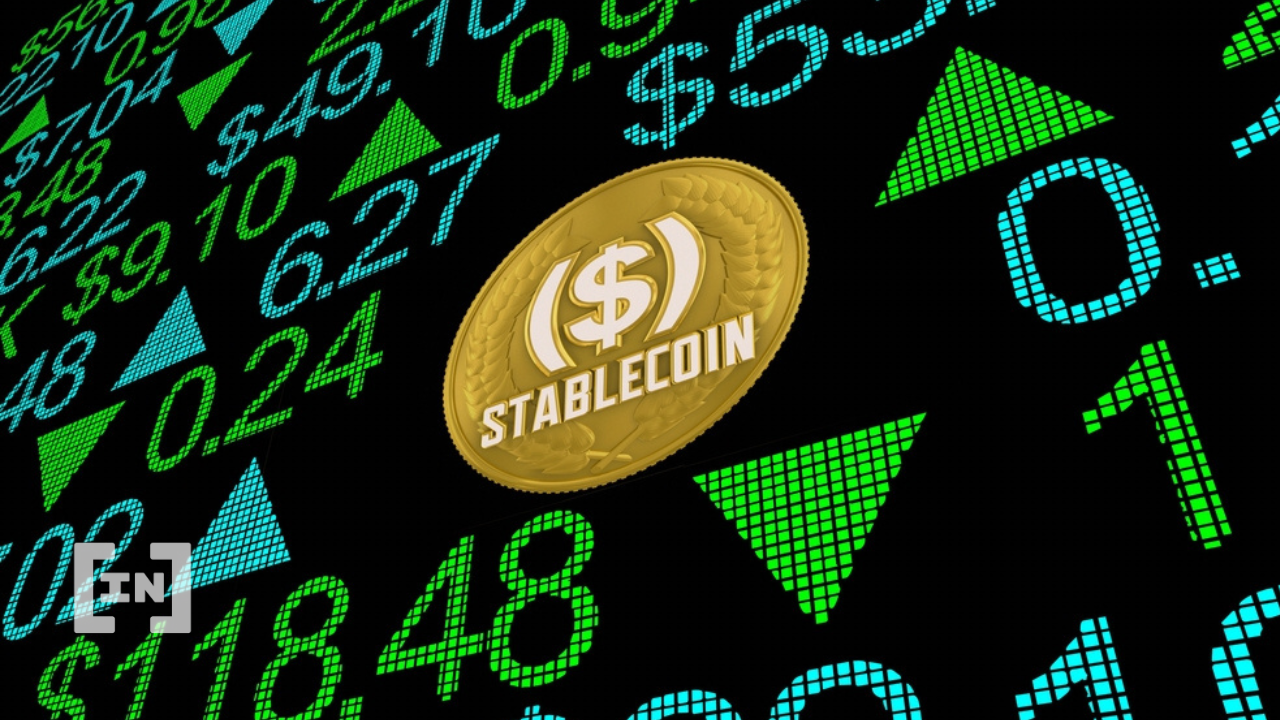Decentralized Stablecoins: There has been a 5,000-year search for stronger money: from shells to stablecoins. Decentralized Stablecoins might be the final solution, as this model is needed for a return to trustless money, says Bryan Gross, ICHI steward.
Before money, our ancestors traded grain for animals, clothing, weapons and tools through barter systems. This was inefficient because it required both parties to want what the other had. More standardized currencies like shells and other natural materials, such as gold and silver, came out of necessity for fungible assets that could be used for any number of goods or services.
The earliest currency systems did not rely on trusted entities. But there were challenges and inefficiencies. Gold and silver, for example, required constant measuring, chopping and weighing to ensure that the appropriate amount was being used for any given transaction. And so coins, minted by centralized entities, were born as a standard of value and method of payment. People came to accept that one Mesopotamian shekel equaled one Mesopotamian shekel.
SponsoredThings Get Complicated
As more complicated financial and monetary systems grew, governments, armies and bureaucracies grew with them. Paper money increasingly took the place of coins and we moved even further away from a trustless monetary system.
When the U.S. ended the gold standard in 1971, it turned the dollar into a fiat currency not backed by other assets. Instead, it was declared to be “legal tender” backed by the “full faith and credit” of the government. This was the death blow to trustless money.
Fiat money is incredibly inefficient and requires massive investments to support that aforementioned faith and credit. Consider that the U.S .government alone spends nearly $1 trillion per year on the military. Fiat money may no longer be backed by gold. But it’s certainly backed by the steel and titanium alloys of warships, tanks and planes.

From Shells to Coins to Blocks
Roughly 5,000 years after the first currencies were used, the first Bitcoin block was mined and digital money was born. Much like the trustless system of shells and gold, cryptocurrencies do not rely on centralized or trusted entities. But despite its promise, decentralized cryptocurrencies haven’t replaced fiat. Why not? The answer lies in the same challenges that our ancestors faced when they had to weigh gold to pay for bushels of wheat.
Consider the three uses of money:
Sponsored Sponsored- A store of value: an asset that holds value over time
- A medium of exchange: A fungible and reliable asset for payments
- A unit of account: A standard unit for financial bookkeeping
Crypto has so far almost exclusively been used as a store of value (the description of Bitcoin as digital gold is very apt). Because cryptocurrencies are volatile, they are much harder to use as a medium of exchange or unit of account. Imagine trying to run a business with Bitcoin – your revenue would change wildly day-to-day or even hour to hour! Yes, one BTC = one BTC but price volatility makes conducting business with Bitcoin nearly impossible.
Reliable Assets
Just like our ancestors needed reliable assets, digital money needs to be easy to use, efficient and predictable.
The need for reliable digital assets led to the stablecoin boom over the last two years with more than $180 Billion in stablecoins minted to date. Stablecoins were created for the same reason physical coins were first minted — to create a stable unit of exchange. And, somewhat predictably, stablecoins come with the same drawback as early coins in that they rely on centralized entities.
SponsoredWhile stablecoins give people the ability to invest and spend crypto in ways that are not possible with more volatile cryptocurrencies, that inherent centralization is counter to the ideals of the crypto community that values and benefits from decentralization.
One only has to look at the recent fall of Luna’s UST to see the inherent risks of centralized stablecoins. But, in reality, the damage that centralized stablecoins have on crypto communities is much more significant than the risks of undercollateralized algorithmic assets like UST.
Decentralized Stablecoins – The Vision
Even fully collateralized centralized stablecoins remove significant value from other cryptocurrencies. For example, when crypto is sold for USDC or USDT that same amount of value is removed from the crypto that was used to buy those stables. When enough people swap crypto for stables, especially during a bear market, prices drop significantly.
This is not sustainable. We need stablecoins that don’t hurt the crypto projects and users who rely on them. The solution is a new (and truly decentralized) model of stablecoin.
The current limitations of crypto can be summarized in this way: every crypto community is currently relying on stablecoins where their own token should be used. Instead of swapping BTC or ETH or any other token for a stablecoin, we need decentralized stablecoins – backed by BTC, ETH or any other token – created and controlled by crypto projects for the benefit of their communities.
Sponsored SponsoredThis model keeps value in the crypto projects that create and use their own stablecoins and no longer requires trusting in centralized entities. Locking up a community’s cryptocurrency in a community-governed treasury to mint stablecoins has the dual benefits of ensuring appropriate collateralization and also removing those locked tokens from circulation. This ultimately helps address underlying concerns about volatility by reducing sell side pressure.
Decentralized Stablecoins: a Path to Trustless Money
Stable, reliable and fully-collateralized tokens backed by any cryptocurrency, provide a path to fully decentralized and trustless money. Turning crypto into a better medium of exchange and unit of account with decentralized stables is the only way to bring the benefits of crypto to the masses where our favorite tokens can be used to make everyday purchases, pay employees, invest and more.
About the author

Bryan Gross is the Steward at ICHI, a DAO which designs protocols that help other crypto projects to participate in DeFi more efficiently. ICHI’s core technology enables other crypto projects to create new, more sustainable liquidity programs called Vaults. ICHI works with leading DeFi projects including ShapeShift, Fuse and 1INCH. Prior to working with the ICHI DAO, Bryan led blockchain projects at IBM. He was also previously a manager at Amazon and led the launch of Amazon Lending in Europe. He currently serves as an advisor at Dapper Labs.
Got something to say about decentralized stablecoins or anything else? Write to us or join the discussion in our Telegram channel. You can also catch us on Tik Tok, Facebook, or Twitter.

